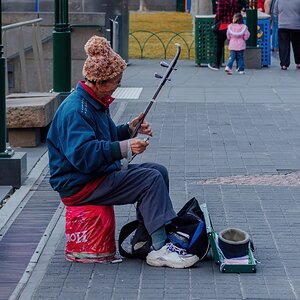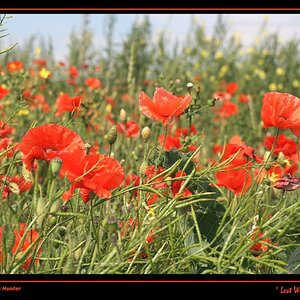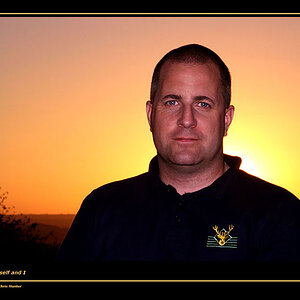bisp21
TPF Noob!
- Joined
- May 2, 2008
- Messages
- 48
- Reaction score
- 0
- Can others edit my Photos
- Photos NOT OK to edit
What is the best DSLR for low light?
I will be shooting structural images in low light with no added lighting and need to get a new digital that does well in low light for around $600-$2000. What is added equipment (lenses, etc) that I might need?
I will be shooting structural images in low light with no added lighting and need to get a new digital that does well in low light for around $600-$2000. What is added equipment (lenses, etc) that I might need?



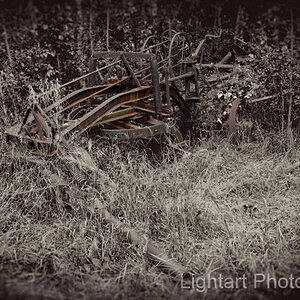
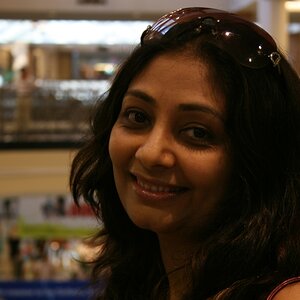
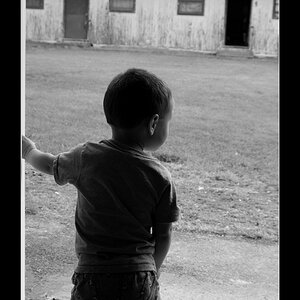
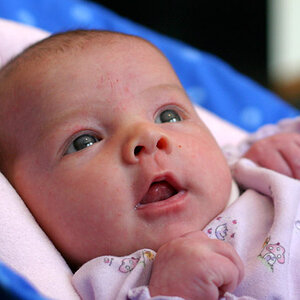
![[No title]](/data/xfmg/thumbnail/32/32929-22e23acc63d6ecb25e5ee941be87121f.jpg?1619735758)
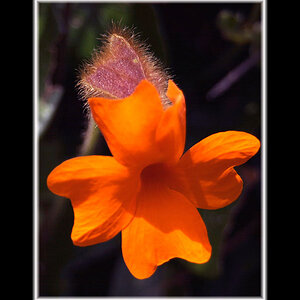
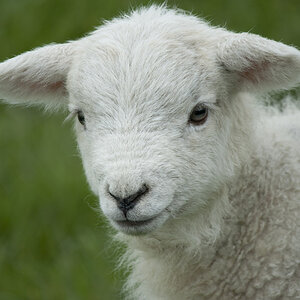
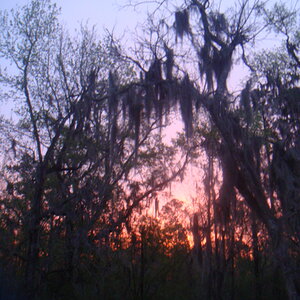
![[No title]](/data/xfmg/thumbnail/32/32926-ec27ecead8c80d803404500d8f888dbf.jpg?1619735754)
